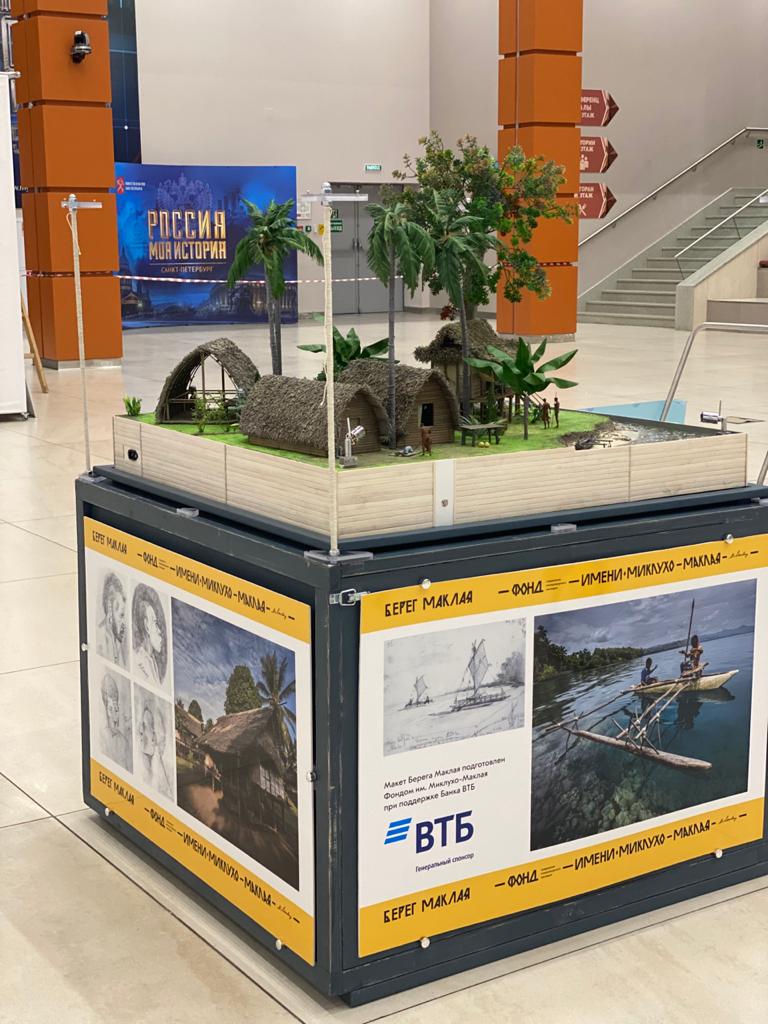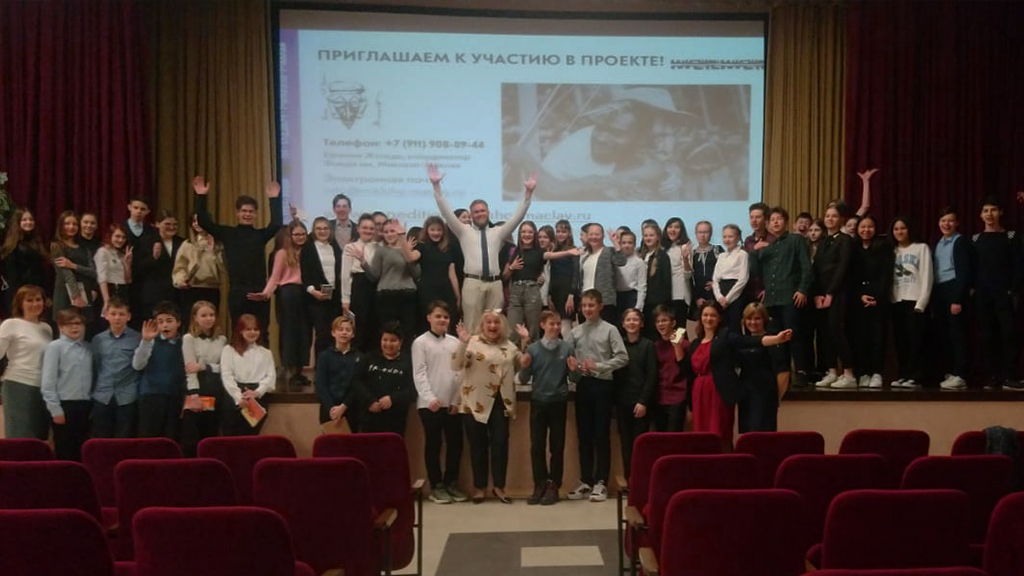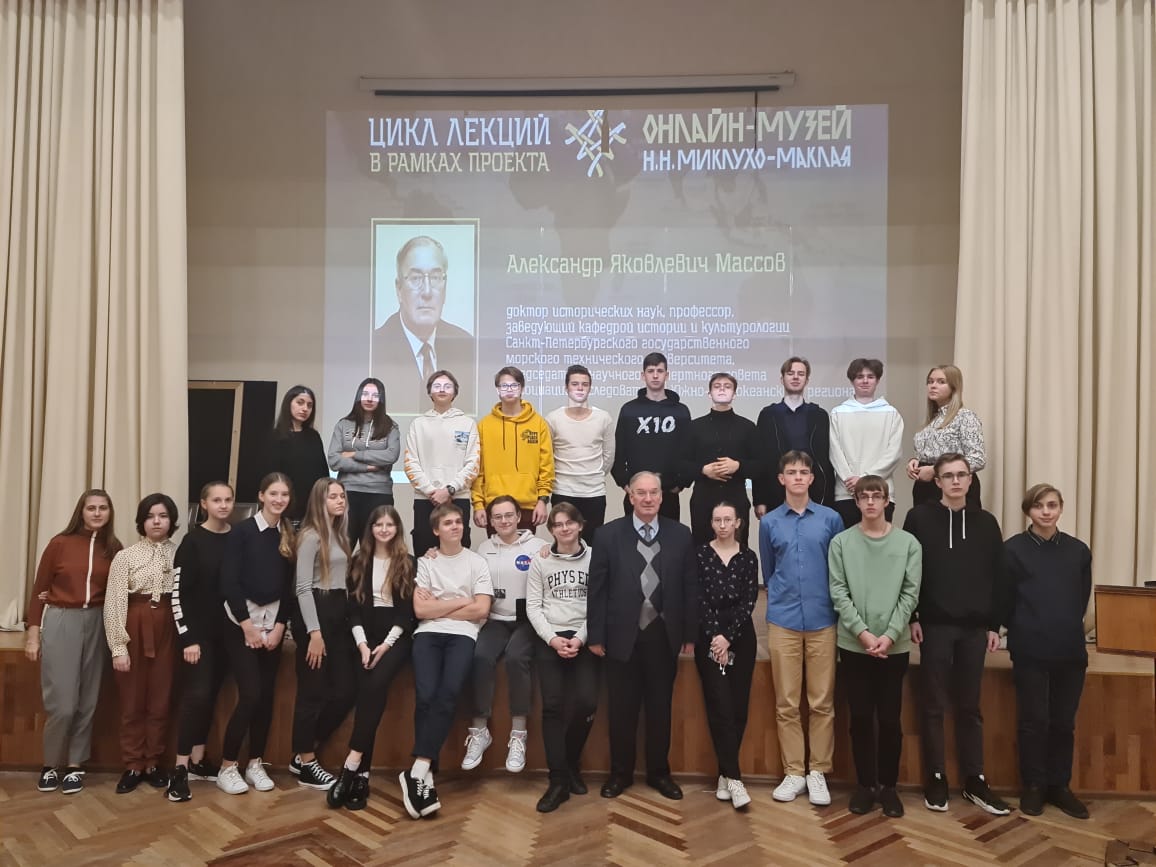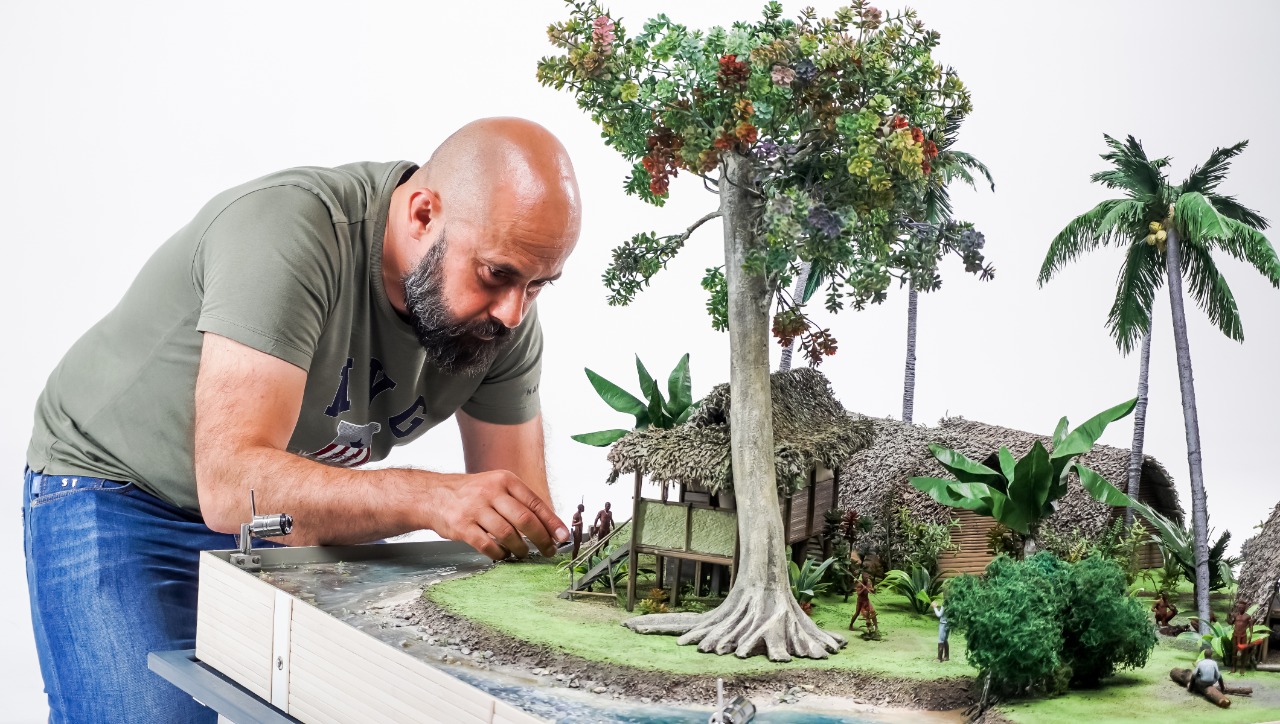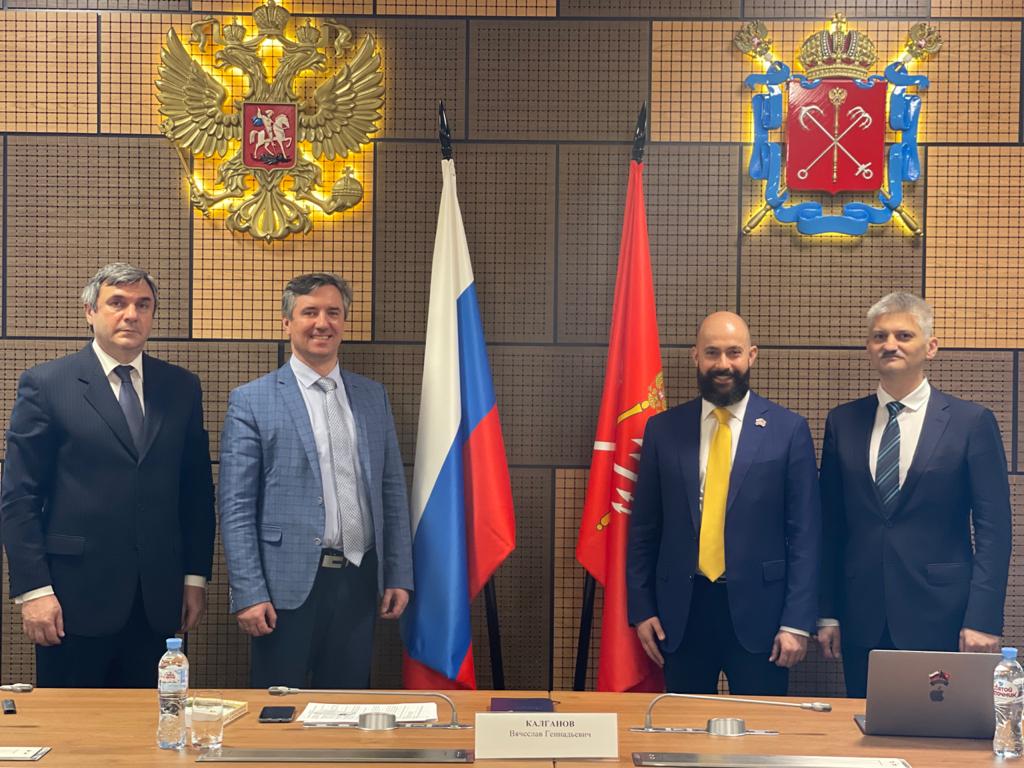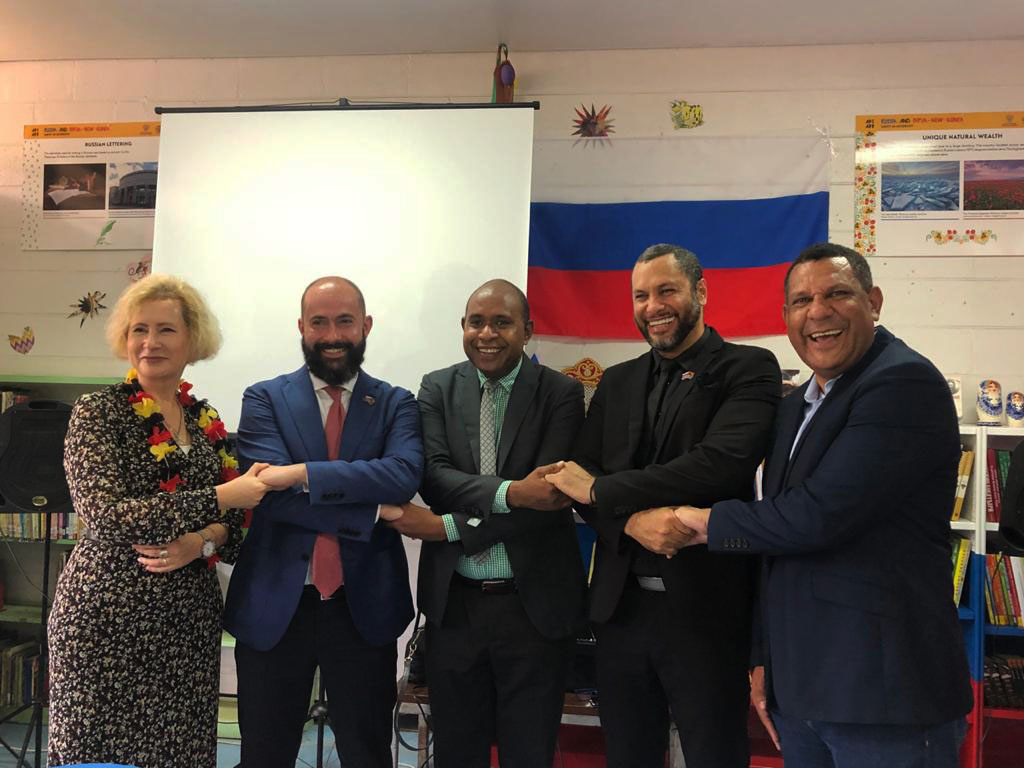The Independent State of Papua New Guinea in the South Pacific has a land border with Indonesia; its other closest neighbors are Australia to the South and the Solomon Islands to the East. Papua New Guinea includes the eastern half of the second largest island in the world, New Guinea, bordering the Indonesian province of Irian Jaya in the west. The rest of the country consists of about 600 small islands, the main of which are the Bismarck Archipelago, the Trobriand Islands, the Louisiana Archipelago, the D’Entrecasteaux Islands, and some islands of the Solomon Islands, including Bougainville. The country consists of 22 provinces, including the National Capital District and the Autonomous Region of Bougainville. The country has about 600 small islands and about 5,150 km of coastline; only 13% of the population lives in urban areas, which is the lowest rate in the Commonwealth of Nations. There are between 860 and 867 indigenous languages in Papua New Guinea. This phenomenon is not found in any other country in the world.
Papua New Guinea
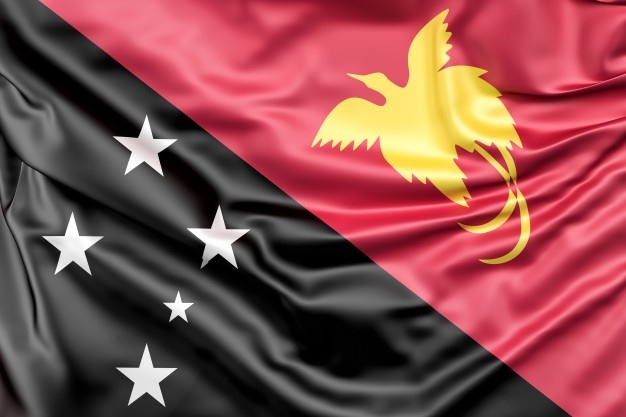
Papua New Guinea is made up of a group of islands lying immediately east of Indonesia and north of Australia, physically bridging the Asia and Pacific regions. At 452,860 square kilometers and with the coastline of 5152 km, it is substantially larger than New Zealand and easily the largest country of the Pacific Forum group outside Australia. With a population of around eight million, it is also the home of most Pacific island people.
Politically, the country, which gained independence from Australia in 1975, has been a remarkably stable democracy in spite of an ethnically and linguistically fragmented population. Political factors do not figure significantly in the country’s investment risk level. Australian and other advisors provide the PNG government with support in these areas.
Papua New Guinea has a largely rural population living in traditional subsistence cultures of great variety and complexity. Much of the country is still relatively undeveloped. The mountainous and jungle clad terrain has made modernization in many places very slow and the capital, Port Moresby, is not yet linked by road to the central highlands or the northern coast. The spread of digital mobile technology has had a major impact in reducing the isolation of rural areas. At present there are three mobile phone companies with coverage over most of the country.
Port Moresby is a developing modern city with a rapidly growing population of around 500,000. A recent expansion of the road system has made more areas available for urban housing. Other significant urban settlements include Lae and Madang on the north coast of New Guinea island. The large islands of New Britain and New Ireland in the north of the country also have significant urban settlements. Each of the country’s 22 provinces has a government administrative centre that hosts important public facilities and private businesses.
Physically the islands are located on the Asia-Pacific ‘Ring of Fire’ and have a history of volcanic activity. Because of this, the islands are rich in deposits of gold, copper, silver, nickel, cobalt, natural gas and oil. Earthquake and cyclone damage to infrastructure are components in the country’s investment risk level.
Papua New Guinea does not possess a significant manufacturing sector and relies heavily for its national income on the proceeds of major extractive projects, timber exports and agriculture and livestock. The formal economic sector is quite small and provides a narrow local employment base. Most of the population is involved in the traditional agricultural sector. Agriculture provides around 25% of GDP and supports around 80% of the population.
The main exports of the country are gold, silver, copper, crude oil, liquefied natural gas, logs and timber, coffee, palm oil, cocoa and copra and fishery products. Significant export destination countries include Australia, Japan, South Korea, China, Germany, the United States, the United Kingdom and Singapore. Most imports come from China, Australia, New Zealand, Japan, the United States, Singapore and the United Kingdom.
The country has significant renewable energy prospects in areas like hydro-electric power generation, most of which remains unexploited, with hydro providing only a third of country’s energy requirements and the rest coming from fossil fuel.
The government of Papua New Guinea welcomes international investment and has set up an Investment Promotion Authority to disseminate information about business opportunities in the country. This agency should be the first port of call for businesses interested in the country.
Russian engagement in Papua New Guinea has been small scale and incidental. Specialized technical staff, like Russian helicopter pilots, have worked on major resource projects. The high costs of implementing these have meant investments in the mineral and petroleum resource sectors have been limited to large international consortiums like Exxon-Mobil, which is the principal overseas developer of the liquid natural gas project in the Southern highlands. The development costs of projects like these are in the many billions of dollars.



